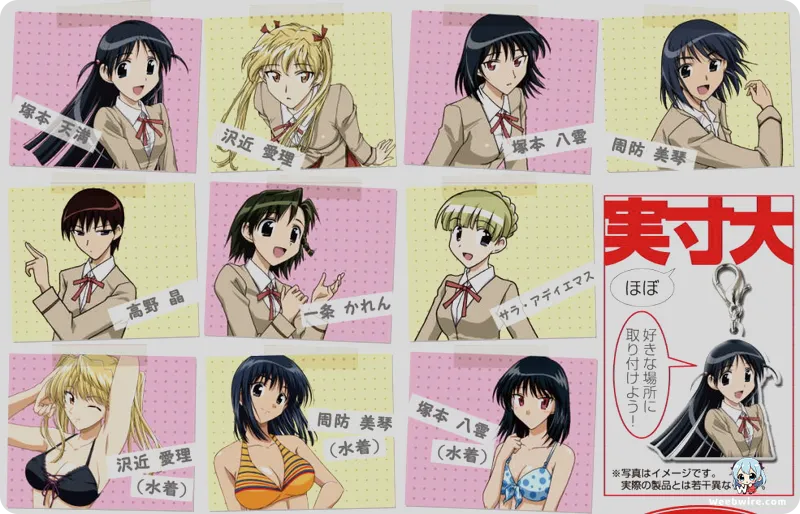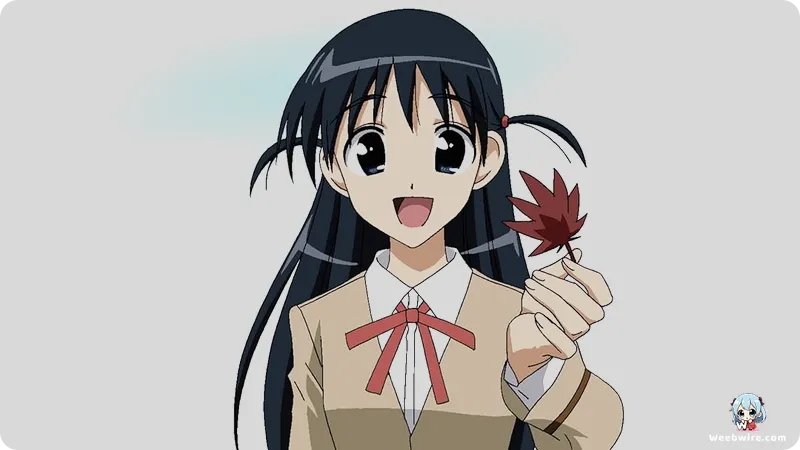The Hidden Genius of School Rumble 2nd Term: Why Its Meta-Gags and Structural Chaos Still Define Romantic Comedy

While the 2006 broadcast of School Rumble 2nd Term solidified its place as a chaotic high school comedy classic, the anime’s true brilliance lies beneath the surface in layers of structural innovation and deeply embedded meta-humor that continue to captivate dedicated fans. Far from being a simple romantic comedy, this adaptation of Jin Kobayashi’s influential manga stands as a masterclass in controlled chaos, where an abundance of surprisingly intricate details rewards meticulous scrutiny and rewatches. The second season, in particular, honed the franchise's signature style of comedic delivery to near perfection.
A defining characteristic of the entire School Rumble universe, and especially prominent in the 2nd Term, is the creator’s penchant for background gags and visual non-sequiturs. Manga author Jin Kobayashi is legendary for hiding bizarre, often self-referential, images within the panels. Studio Comet, the animation team, faced the monumental task of translating these static visual jokes into dynamic, fluid animation. This required an almost forensic level of attention to detail to ensure the preservation of Kobayashi’s frequently obscure pop culture parodies.
Dedicated fans have documented references ranging from niche 1980s video game characters to classic tokusatsu heroes, often cleverly concealed on classroom blackboards, reflective surfaces, or incidental posters. These elements function as a continuous sub-narrative commentary on Japanese media history, guaranteeing a rich viewing experience for those attuned to trivia.
Furthermore, School Rumble 2nd Term is distinguished by its structural ambition. Eschewing the linear progression typical of high school romance stories, the series adopts a non-sequential, vignette-driven approach, often referred to as ‘omnibus storytelling.’ Episodes routinely shift focus between disparate character arcs; a minor issue for one character might be immediately followed by a major emotional crisis for another.

This rapid-fire editing is essential for maintaining the titular ‘rumble’ atmosphere, deliberately keeping the audience off-balance and ensuring that the vast ensemble cast receives equal attention, preventing any single romantic pairing from dominating the narrative flow. This unconventional method became the series' unique calling card.
At the heart of the show is Harima Kenji, whose arc represents one of the most compelling character studies in romantic comedy. Starting as the archetypal hardened high school delinquent, Harima’s secret passion, his aspiration to become a successful manga artist, drives both his personal growth and the series’ profound comedic irony. This transformation from street fighter to sensitive creator was a deliberate subversion of established shonen archetypes.
His internal conflict, driven by his unrequited feelings for Tenma Tsukamoto and the pressure of looming artistic deadlines, stands in stark contrast to his intimidating exterior. His struggle to conceal his softer side fuels the most memorable misunderstandings, especially in his evolving relationship with Eri Sawachika, who uniquely glimpses the genuine, artistic Harima beneath the tough facade.
The profound audience investment ultimately led to the creation of the School Rumble Z OVA series, designed specifically to provide the definitive romantic resolution that many found lacking in the manga’s original conclusion, a rare move for a series rooted in comedy. The show's ultimate legacy rests not just on its laugh-out-loud moments, but on its capacity to both satirize and sincerely capture the overwhelming, messy, and hilarious emotional upheaval of adolescence.
Credits
School Rumble 2nd Term
Author
Jin Kobayashi
Cover Art
Jin Kobayashi
Studio
Studio Comet
Publisher
Kodansha
Producers





